Researchers have discovered that the carnivorous tadpoles in Australia’s cane toad swamp are cannibals — they only eat the hatchlings of their species. Unless they’re rescued, many hatchlings of the invasive cane toad, an invasive species in Australia, perish at the hands of their own kind. Surprisingly, it appears that the hatchlings now save themselves, according to a recent study. Invasive toad eggs mature faster than eggs from their native counterparts. Hatchlings have evolved to hatch earlier than was expected.
“When these eggs first hatch, the young can’t swim or eat yet, so they can pretty much only lie there on the bottom of the pond until they develop into tadpoles. Once the hatchlings develop into tadpoles, they are too large and mobile for other tadpoles to eat them, so the cannibals have to work quickly if they want to consume them all,” explained lead researcher Jayna DeVore.
However, there are downsides to this fast evolution. The study looked at the development and survival of over 1,000 tadpoles and found that those that developed faster as eggs and hatchlings to escape cannibalism fared worse and had slower development as tadpoles than the native-range tadpoles.
The cane toad is native to South America but has become an invasive species since its introduction into Northern Australia. The cane toad can be identified by its warts and a largemouth. Eating almost anything and thriving in any environment, this amphibian will continue to thrive and breed for many years to come.
If a member of a species is born with a tendency to attempt to eat other members of the same species, individuals possessing that tendency will tend to survive and have offspring more frequently than those lacking it. Because they’re able to kill off the competition, cannibalistic tadpoles are able to reach reproductive maturity sooner.









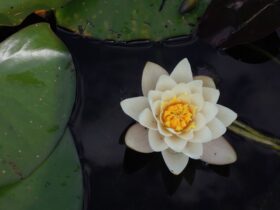

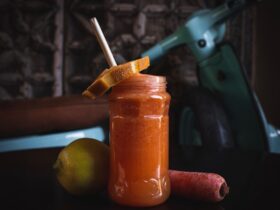


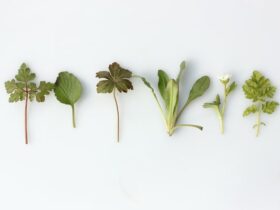





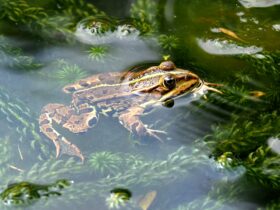
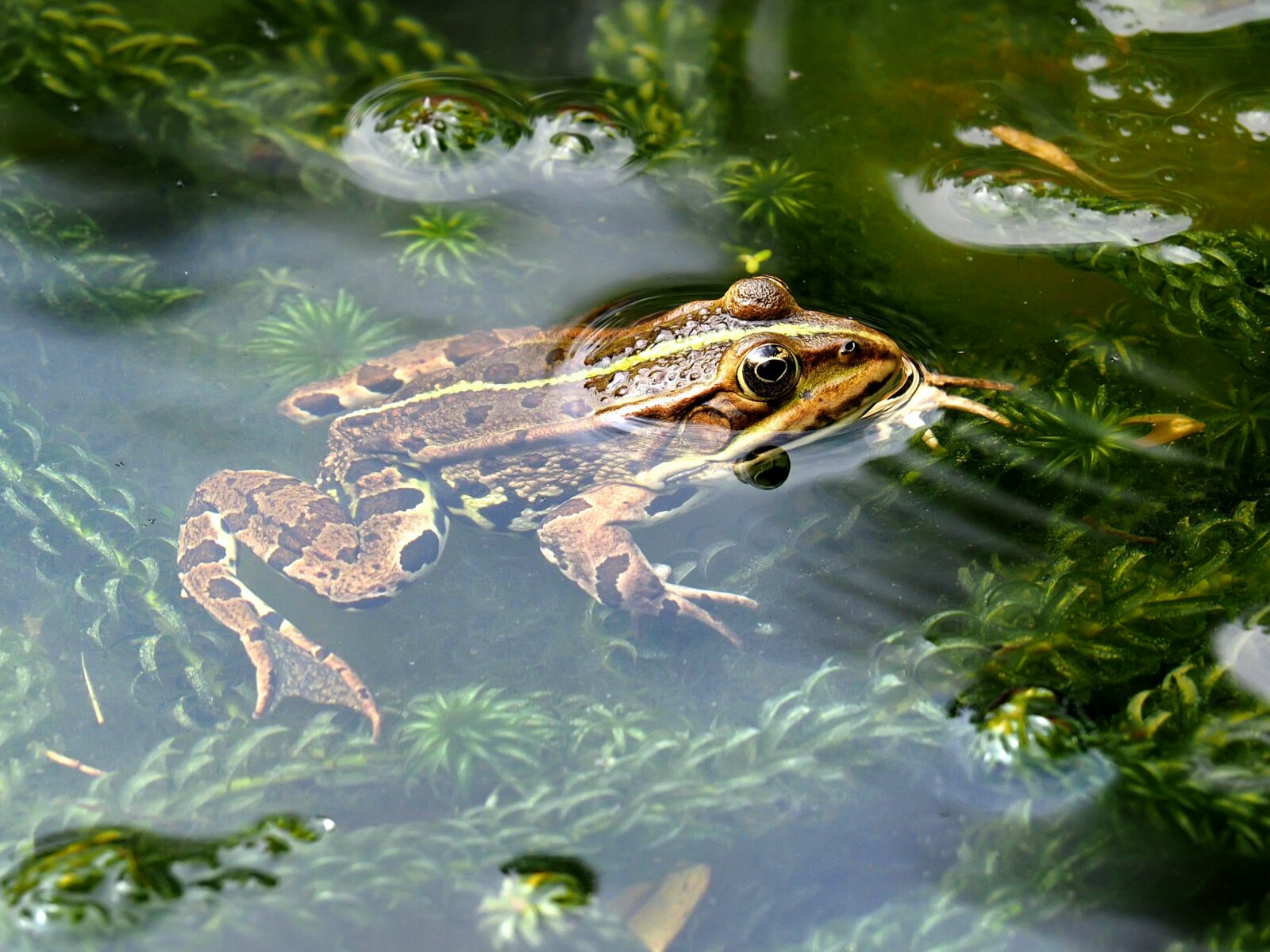


Leave a Reply